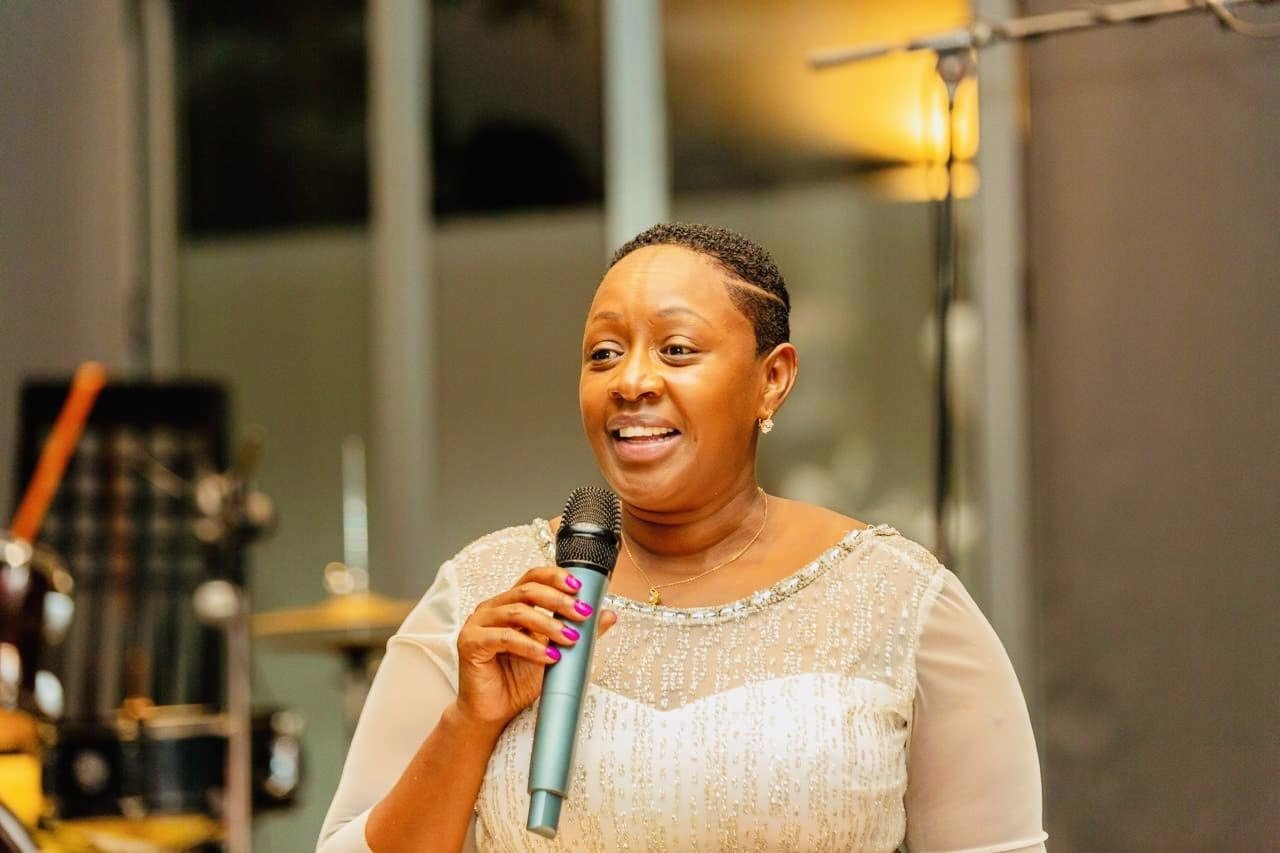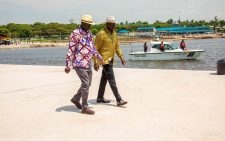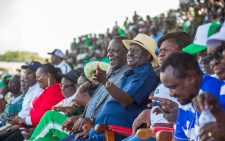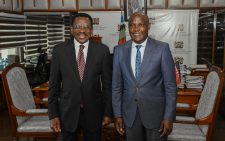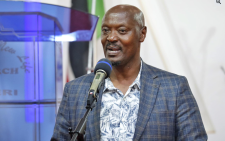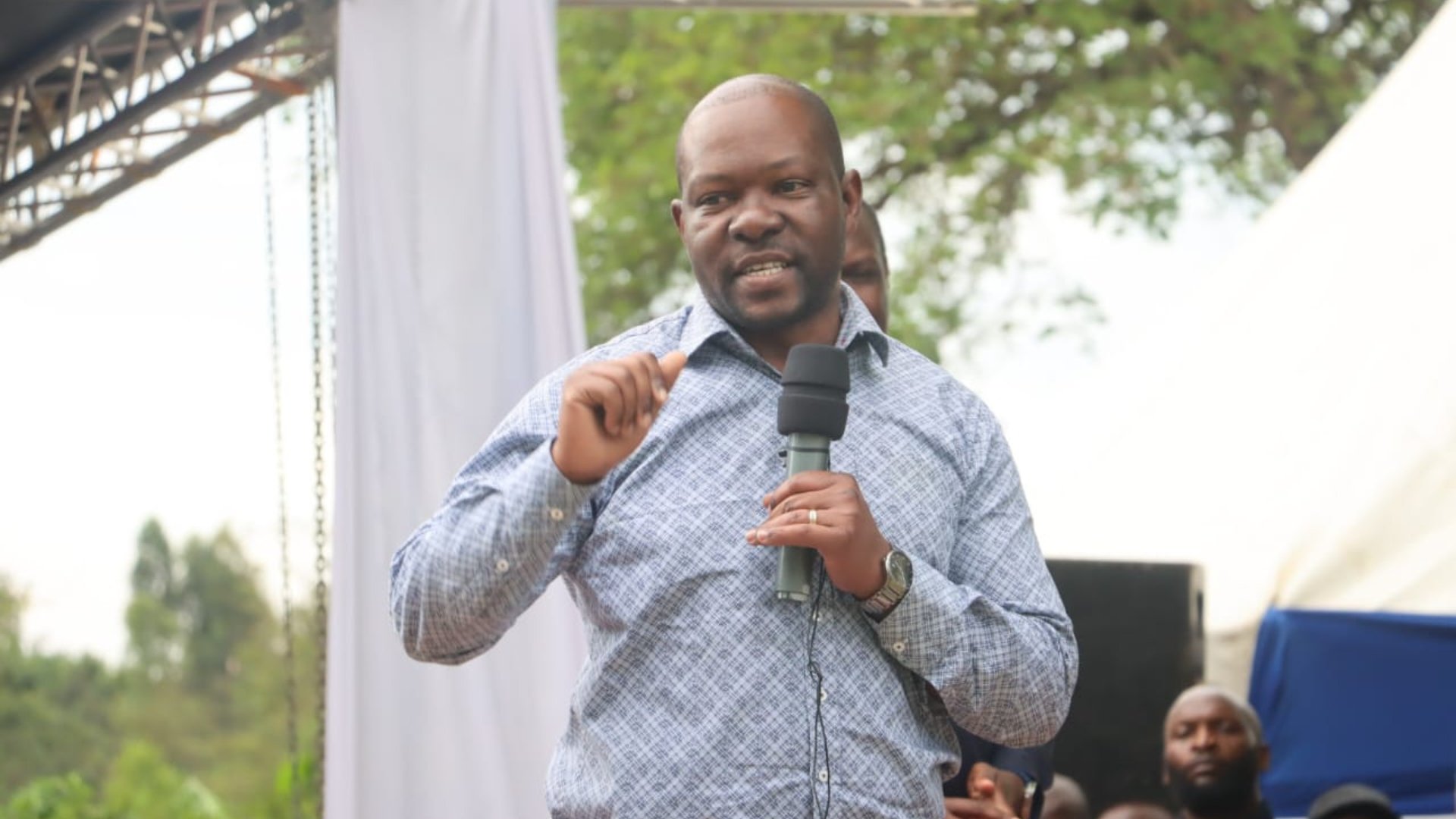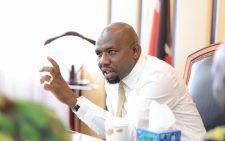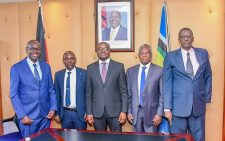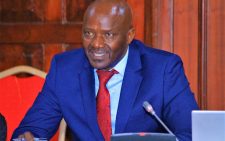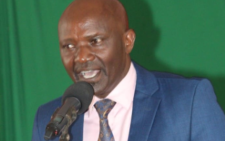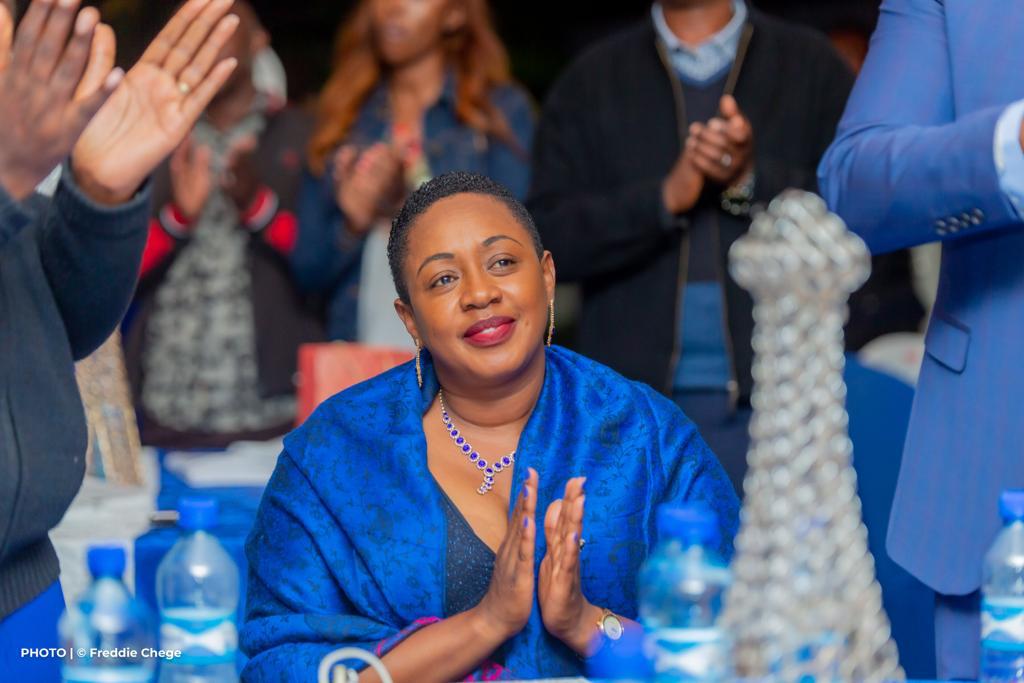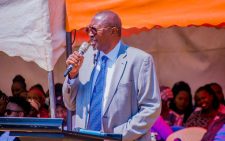Audacity of hope in Raila’s fifth bid
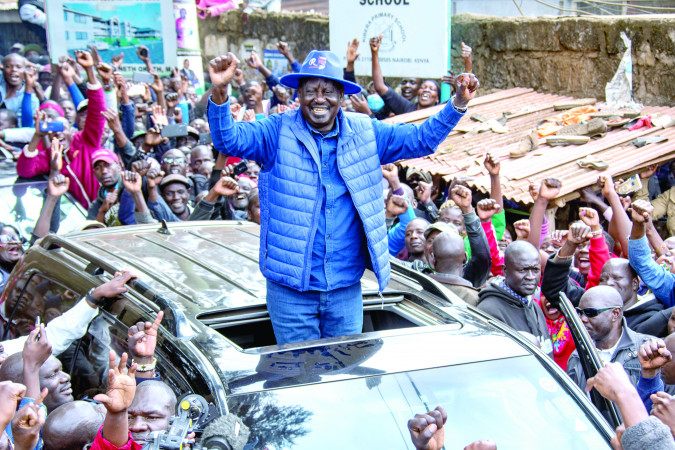
When Azimio presidential candidate Raila Odinga walked out of his Karen home in Nairobi yesterday with his wife Ida, heading to a polling station at Kibera Primary School to vote, he was embarking on a journey with the potential of ending up at State House.
The former Prime Minister, who has been leading in recent opinion polls, is caught in a tough contest with his closest rival, Deputy President William Ruto.
For Raila, this is the fifth time he will be contesting the presidency.
Crowning glory
If he wins, it will be a crowning of decades of his active role in politics, a space in which he has won both acclaim and resentment. If he loses, it will be an end to an indefatigable and tenacious fight for Kenya’s top political seat.
Speaking on the doorsteps of his Karen residence, Raila expressed confidence that he had put up a good fight.
“We have done our best in terms of the campaigns. The ball is now in the people’s court. We believe that Kenyans will speak out loudly in favour of the democratic change,” said the 77-year-old veteran.
Raila first vied for the presidency in 1997 on a National Development Party ticket.
He later joined hands with then President Daniel arap Moi but abandoned this dalliance after the Head of State, in 2001, chose Uhuru Kenyatta as his preferred presidential candidate for the 2002 polls.
After that, he joined hands with top politicians to form the National Rainbow Alliance, the behemoth that ended Kanu’s rule.
In this year’s election, Raila attracted the support of outgoing President Uhuru Kenyatta, who denounced his deputy, Ruto.
Also, Raila attempted to cobble together a Narc-type coalition largely comprising his comrades in the fight against Kanu-era tyranny. Many in his team also campaigned in favour of the 2010 Constitution.
His choice of former Justice minister Martha Karua as running mate was aimed at not only exciting women voters but also the much-coveted Central Kenya region.
The choice reinforced his reform credentials. Raila also fashioned his campaign on reforms and the fight against corruption.
In addition, his campaign pledge included cash transfers to the poor and debt restructuring with international lenders.
Ruto, on the other hand, sought to align himself with Kenyans struggling against the high cost of living by championing a “bottom-up” economic model.
Addressing the media yesterday, Ida said this year’s vote could be a defining moment for the family and the Azimio fraternity. Ida said she had voted many times but “this time, “I know the results will be different”.
Members of the Jaramogi family have indicated that Raila will retire from politics if loses to Ruto. “We are confident as a family that he is going to win but in the unlikely event that he loses the election, we will advise him to leave and focus on something else,” said his elder brother and East Africa Legislative Assembly member Oburu Oginga in an earlier interview.
The most recent opinion polls put Raila in the lead by between two and eight percentage points, with a significant number of registered voters saying they were undecided.
The majority of undecided voters were in Mt Kenya, Coast and Western regions, where both Raila and Ruto campaigned vigorously in the past two weeks.
Ruaraka MP Thomas Kajwang said Kenyans were eager to have Raila as their next president on his fifth stab after unsuccessfully seeking the seat in 1997, 2002, 2013 and 2017.
Way to power
He said the fact that President Uhuru had decided to support Raila to be his successor was an assurance that the former Prime Minister was on the way to power.
“It’s an act of God and an indicator of good things to come,” Kajwang said.
To win outrightly, a candidate must secure more than half the votes cast as well as a minimum of 25 per cent of the votes in more than half of Kenya’s 47 counties.
The Independent and Electoral Boundaries Commission (IEBC) has up to seven days to declare a winner or call for a runoff. The commission usually does so by the third day.
Going by the turnout in the 2013 and 2017 elections, pundits argue that a candidate will need between 8.63 million and 9.6 million of the 22,120,458 registered voters to cast their ballots for him to win the race in the first round.
This is the magic number that Raila needs. By last evening, when counting began, he was in the lead.
